Astra plans to get to Earth orbit for the first time this summer — and to return many times in the ensuing weeks and months.
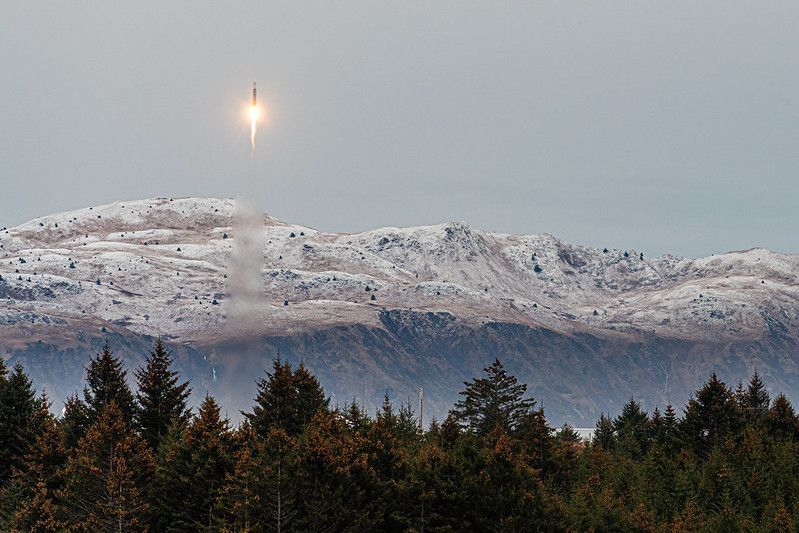

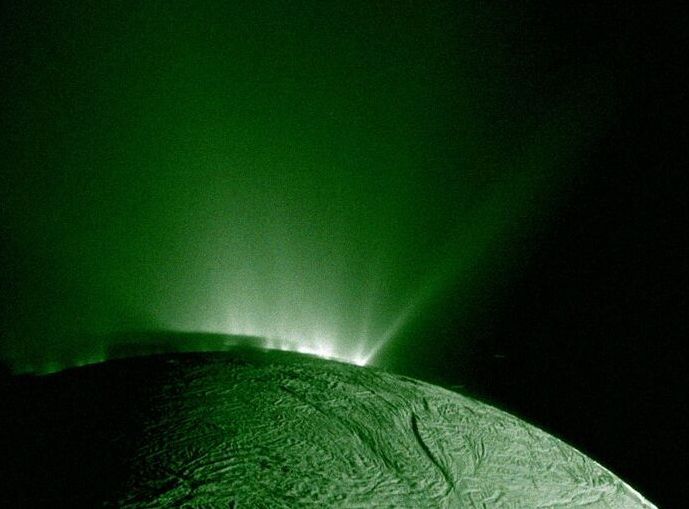
The first 1000 people to use this link will get a 1 month free trial of Skillshare:
https://skl.sh/kurzgesagtinanutshell08211
Sources & further reading:
https://sites.google.com/view/sources-terraform-venus/
Leaving earth to find new homes in space is an old dream of humanity and will sooner or later be necessary for our survival. The planet that gets the most attention is Mars, a small, toxic and energy poor planet that just about seems good enough for a colony of depressed humans huddled in underground cities.
But what if we think bigger? What if we take Venus, one of the most hostile and deadly places in the solar system and turn it into a colony? Not by building lofty cloud cities, but by creating a proper second earth? It might be easier than you think.
OUR CHANNELS
▀▀▀▀▀▀▀▀▀▀▀▀▀▀▀▀▀▀▀▀▀▀▀▀▀▀
German Channel: https://kgs.link/youtubeDE
Spanish Channel: https://kgs.link/youtubeES
HOW CAN YOU SUPPORT US?

As the Shenzhou-12 crew of three taikonauts has lived for nearly three weeks in China’s Tianhe space station core module, the urine treatment system in the module has recycled 66 liters of urine and treated it into distilled water to support the crew, the Global Times learned from the system designers on Tuesday.
This urine treatment system — a sub-system of the life support system — was devised by Chinese scientists with the 206 Research Institute of the Second Academy of the China Aerospace Science and Industry Corp (CASIC). The developers told the Global Times that this is the nation’s first engineering application of the system, and its good performance shows how China’s space station construction work has advanced.
All indicators of the distilled water have reached the standards for usage, and the mission planners have unanimously recognized this outstanding performance, the institute said in a statement it sent to the Global Times.
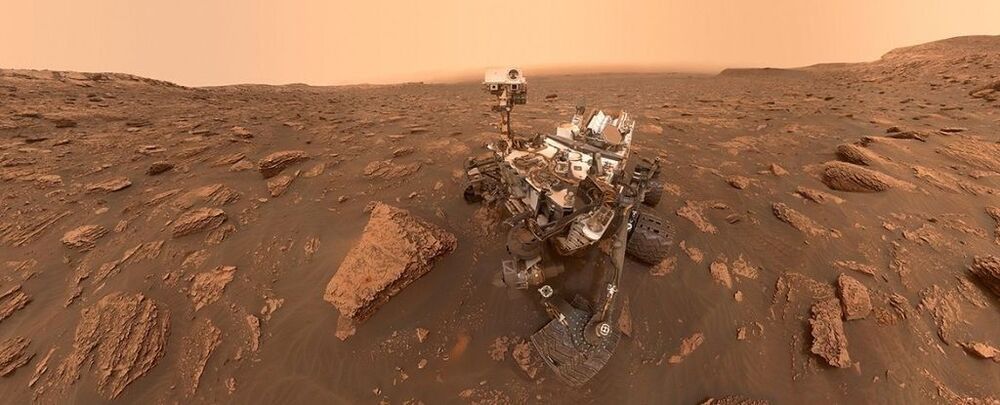
Methane is an organic molecule that hangs around in Earth’s atmosphere and is mostly produced by living organisms, most notoriously by burping cows. Its detection on Mars, on the other hand, has been a weird mystery for planetary scientists.
In recent years, NASA’s Curiosity rover has picked up tiny traces of methane numerous times on the red planet. While these emissions might be coming from some geological process, it was possible they could indicate the presence of some sort of life form on Mars (unlikely to be cows, of course).
As you’d expect, scientists are really excited by that prospect, but the data are confusing. Higher in the atmosphere, orbiting technology from the European Space Agency (ESA) has detected no methane in any concentration.
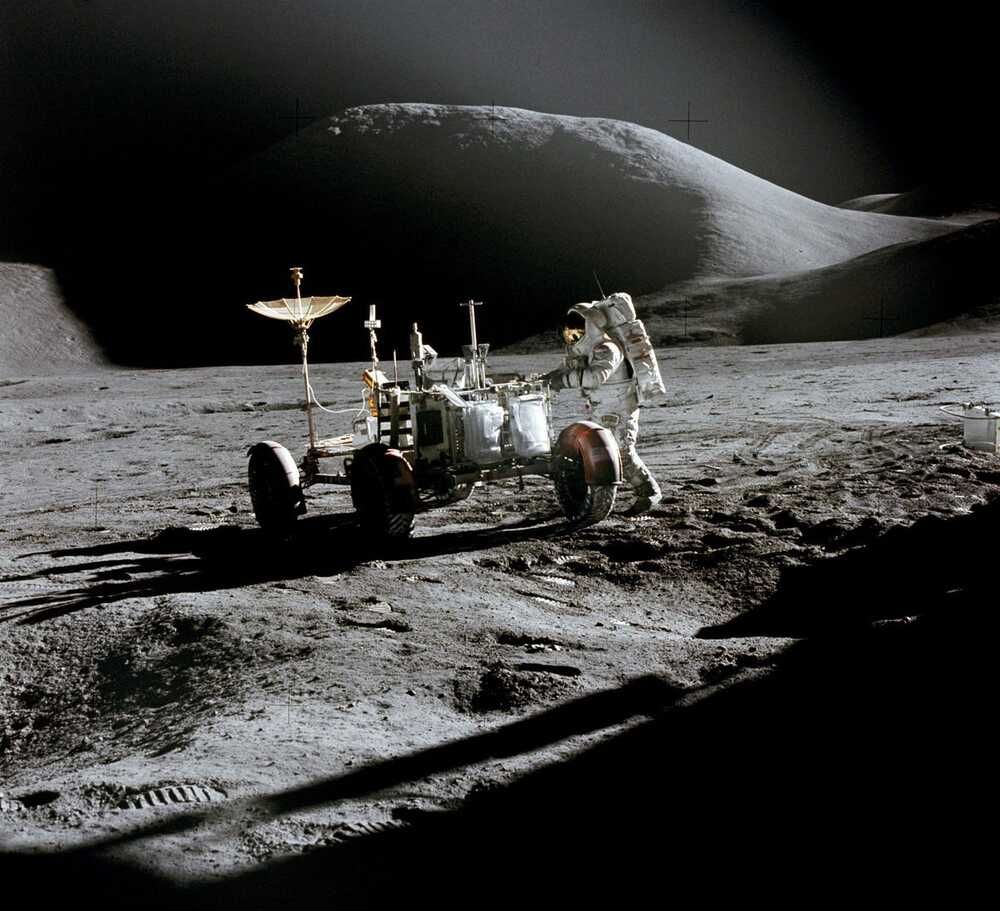
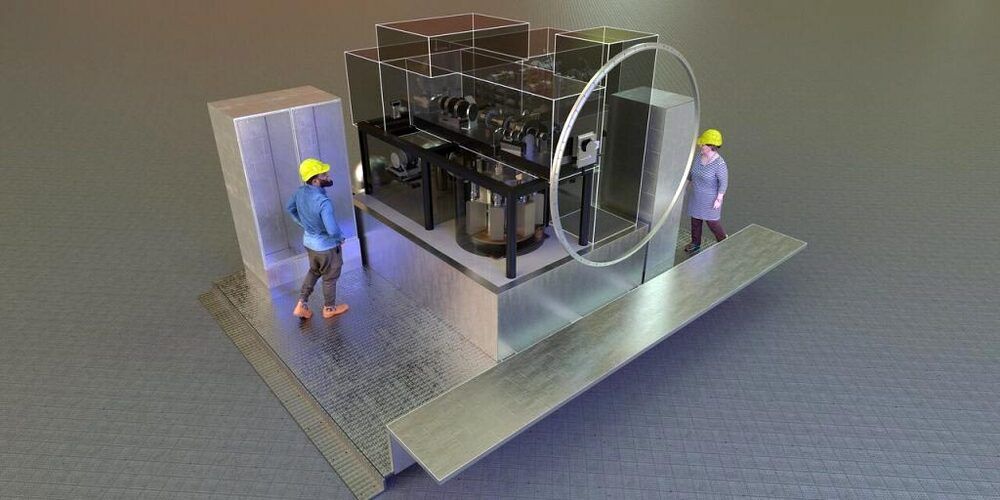
Australian scientists will help construct one of the world’s most powerful ground-based telescopes that promises to see further and clearer than the Hubble Space Telescope and unlock mysteries of the early Universe.
The team will develop a new, world-first instrument that will produce images three times sharper than Hubble under the multimillion-dollar project.
The MAVIS instrument will be fitted to one of the eight-meter Unit Telescopes at the European Southern Observatory’s (ESO’s) Very Large Telescope in Chile, to remove blurring from telescope images caused by turbulence in Earth’s atmosphere. MAVIS will be built over seven years at a cost of $57 million.

An unknown methane-producing process is likely at work in the hidden ocean beneath the icy shell of Saturn’s moon Enceladus, suggests a new study published in Nature Astronomy by scientists at the University of Arizona and Paris Sciences & Lettres University.
Giant water plumes erupting from Enceladus have long fascinated scientists and the public alike, inspiring research and speculation about the vast ocean that is believed to be sandwiched between the moon’s rocky core and its icy shell. Flying through the plumes and sampling their chemical makeup, the Cassini spacecraft detected a relatively high concentration of certain molecules associated with hydrothermal vents on the bottom of Earth’s oceans, specifically dihydrogen, methane and carbon dioxide. The amount of methane found in the plumes was particularly unexpected.
“We wanted to know: Could Earthlike microbes that ‘eat’ the dihydrogen and produce methane explain the surprisingly large amount of methane detected by Cassini?” said Régis Ferrière, an associate professor in the University of Arizona Department of Ecology and Evolutionary Biology and one of the study’s two lead authors. “Searching for such microbes, known as methanogens, at Enceladus’ seafloor would require extremely challenging deep-dive missions that are not in sight for several decades.”
Neil Patrick Harris is the latest celebrity to express love and enthusiasm for bitcoin. So much so that he is now serving as the new spokesperson for Coin Flip, a leading crypto ATM firm.
Neil Patrick Harris Is a Big Crypto Fan
Harris is well known for playing lead roles in television programs such as “How I Met Your Mother” and “Doogie Howser, M.D.” However, what many do not know about the young star is that he is an avid crypto trader and investor. He entered the bitcoin space relatively early and has spent the last few years watching his investment grow into something he never thought possible.
Estimated to be 100–200 kilometers across, the unusual wandering body will make its closest approach to the Sun in 2031.
A giant comet from the outskirts of our Solar System has been discovered in 6 years of data from the Dark Energy Survey. Comet Bernardinelli-Bernstein is estimated to be about 1000 times more massive than a typical comet, making it arguably the largest comet discovered in modern times. It has an extremely elongated orbit, journeying inward from the distant Oort Cloud over millions of years. It is the most distant comet to be discovered on its incoming path, giving us years to watch it evolve as it approaches the Sun, though it’s not predicted to become a naked-eye spectacle.
A giant comet has been discovered by two astronomers following a comprehensive search of data from the Dark Energy Survey (DES). The comet, which is estimated to be 100–200 kilometers across, or about 10 times the diameter of most comets, is an icy relic flung out of the Solar System by the migrating giant planets in the early history of the Solar System. This comet is quite unlike any other seen before and the huge size estimate is based on how much sunlight it reflects.